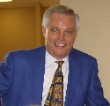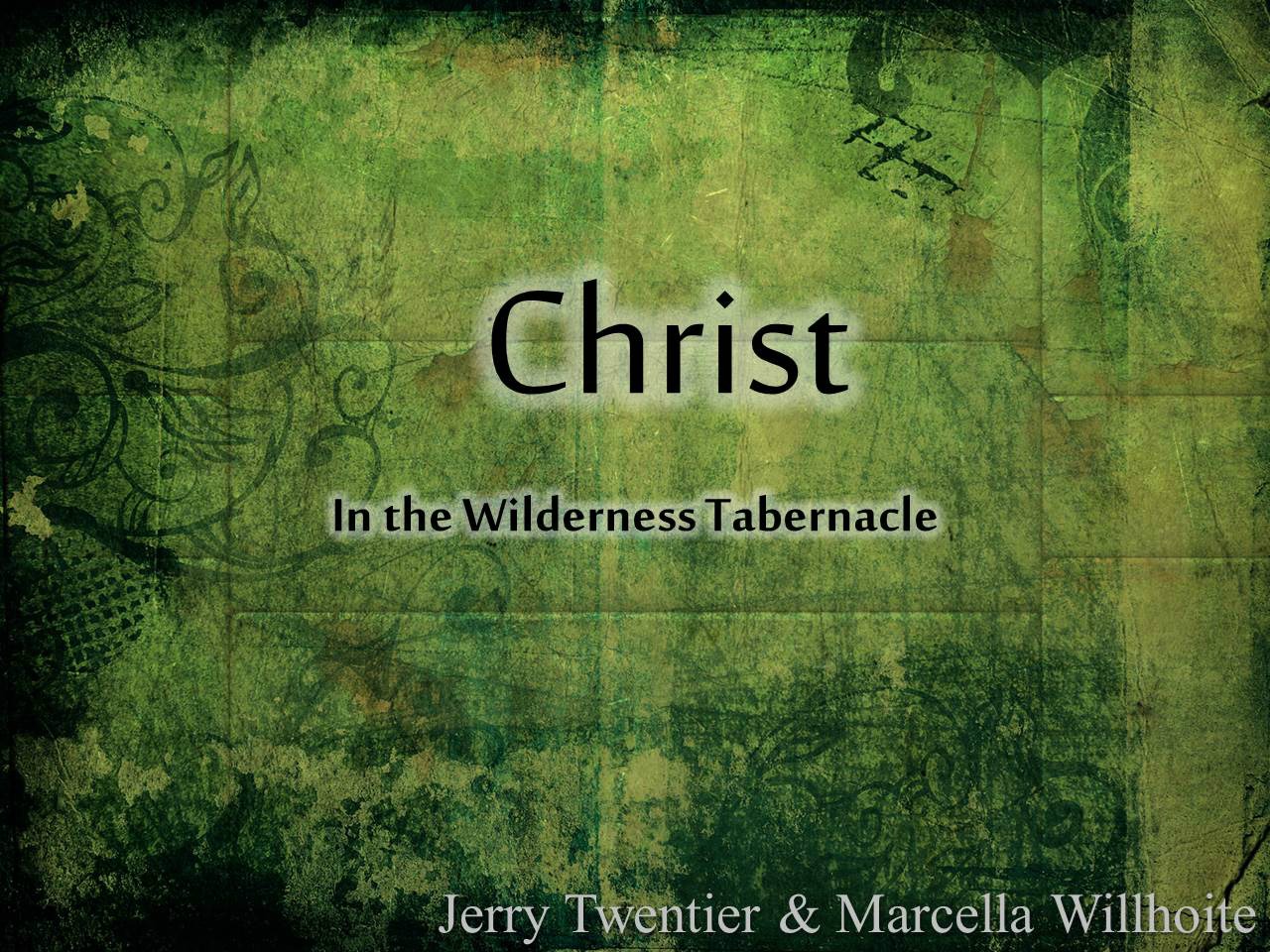First, borne by the Kohathites, went the Ark of the Covenant overspread by the pillar of cloud. Then came Judah, the strongest of the tribes, supported by Issachar and Zebulun. Judah (meaning “praise”) led the procession of people and bore the standard of the eastern division, a lion. They were followed by the sons of Gershon and Merari bearing the coverings, hangings, boards, pillars and sockets of the Tabernacle.

By Jerry Twentier & Marcella Willhoite
To View the Entire Article, Click Here
To Download the Entire Article Directly to Your Computer, Click Here
To View the Outline, Click Here
To View the PowerPoint, Click Here
God Dwells With His Covenant People
Numbers 1:50 – 3:39
Knowing Israel would soon face the idolatry of Canaanite religion, God prepared them with laws covering every phase of life—moral, civil, political and social. God’s law contained safeguards against the corrupting influence of heathenistic attitudes. Then came the final arrangement of Israel’s meeting place with God. They must learn the proper way to approach Him.
God’s desire was to be near His covenant people. Because they were spiritually dead, He could not yet dwell in their hearts. Therefore, His presence was manifested to their physical senses. Their worship was also on this same level. To construct the place of God’s dwelling, He requested freewill offerings. Parting with valued possessions would prove whether the people really desired His presence.
From the day Adam had suffered spiritual death, God had been arranging mankind’s redemption. The Tabernacle provided a striking visible illustration of God’s plan of redemption through Jesus Christ. Therefore, Moses meticulously executed the blueprints. Everything was according to the pattern.
In the New Testament, Stephen referred to the people of Israel as “the church in the wilderness” (Acts 7:38). Paul also agreed that all Israel’s experiences were intended as types and examples (I Corinthians 10:11). So we understand that the Tabernacle was a model for us today.
Arrangement of Tents
The camp was carefully organized for marching, with the Tabernacle in the very center. This portrayed that all things must be done systematically and carefully and that God wished to occupy the center of their lives. Every tent door faced the Tabernacle! What if enemy neighbors sneak attacked? How could the Israelites defend themselves? Such an arrangement contradicts military strategy. Here was God’s message: “If you will put Me in the center of your life, I will care for you!”
When the tent flap was lifted every morning, they would see the pillar of cloud hovering over the Tabernacle. God’s presence was to be their first sight in the morning and the last at night. They were constantly reminded of His nearness. How often we esteem other things more important than God’s presence. It may be a job, money, power, influence, family, sports, or other things. But our minds must be settled that God receives pre-eminence for now and eternity.
The Levites were situated between the people and the Tabernacle. Between people and the church is the man of God. Preachers are God’s representatives. “For the priest’s lips should keep knowledge, and they should seek the law at his mouth: for he is the messenger of the LORD of hosts” (Malachi 2:7).
To View the Entire Article, Click Here
To Download the Entire Article Directly to Your Computer, Click Here
To View the Outline, Click Here



